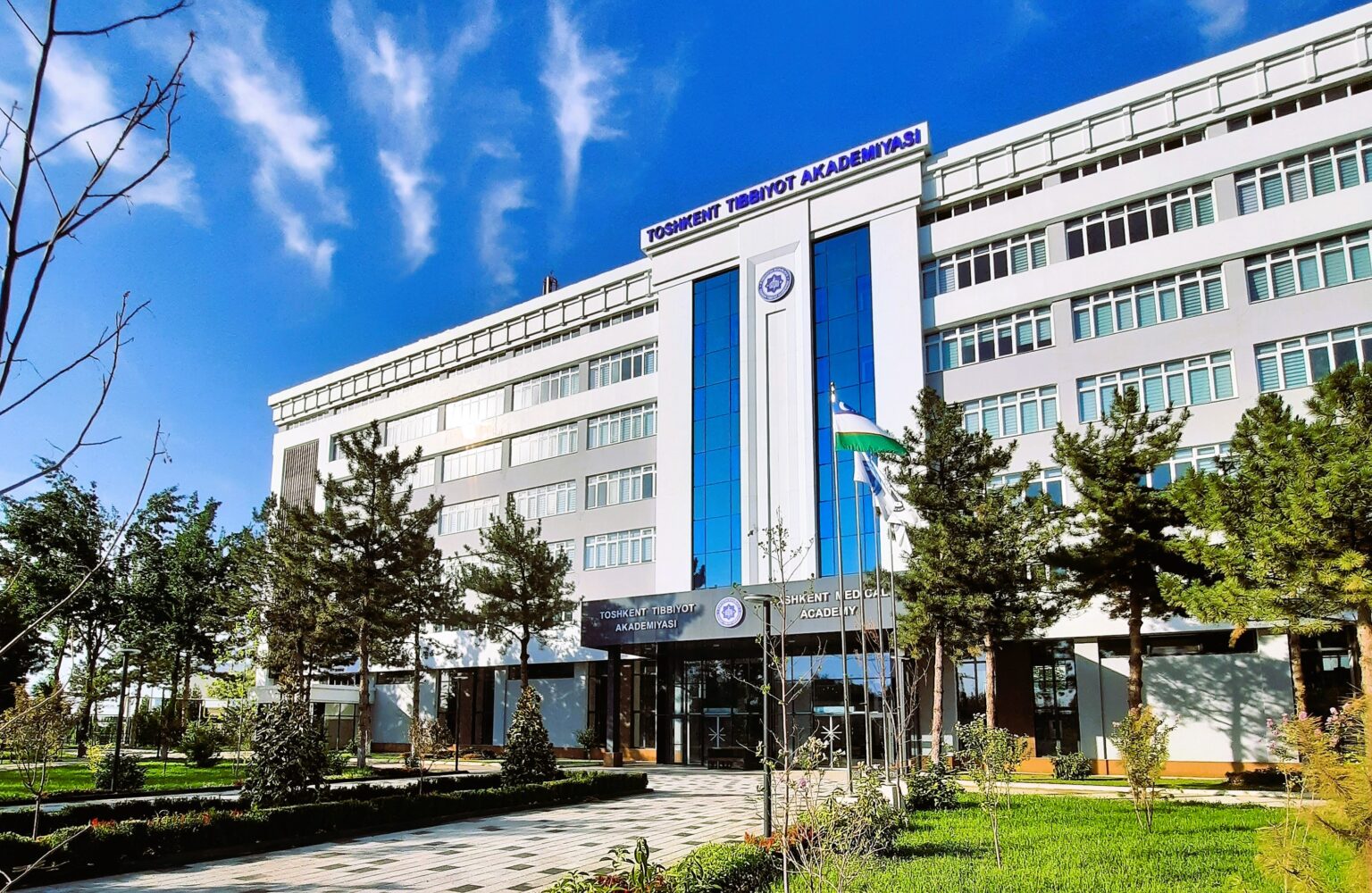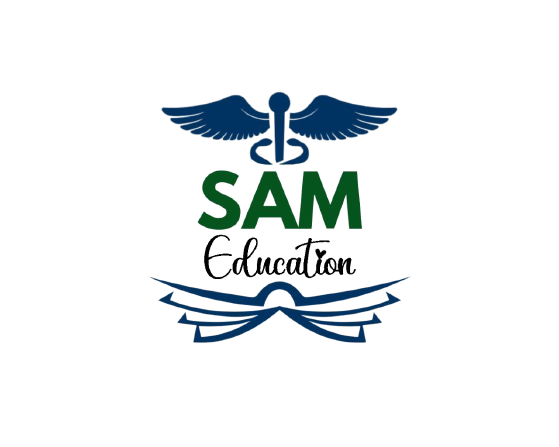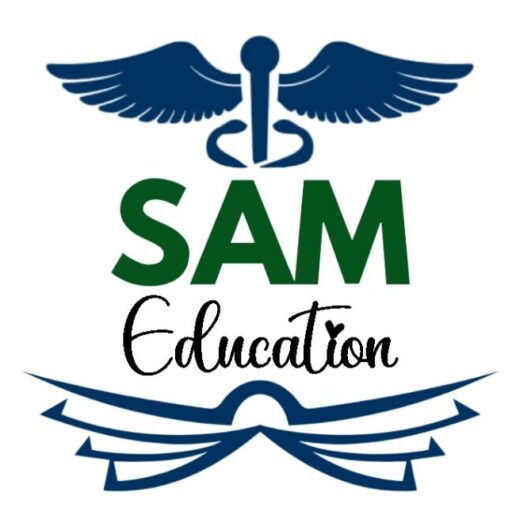
Tashkent Medical University ( Uzbekistan)
It was founded in 1920 as the Faculty of Medicine at the Turkestan State University and renamed the Tashkent Medical Institute in 1931, and became two separate Medical Universities: the First Tashkent State Medical Institute and the Second Tashkent State Medical Institute in 1990 The Tashkent Medical Academy was formed in 2005 by the Decree of the President of the Republic of Uzbekistan Islam Karimov by merging the First and Second Tashkent State Medical Institutes.
The main campuses are located in Tashkent, the capital of Uzbekistan. The TMA includes six faculties, 52 departments, the Multidisciplinary Clinic of TMA. There are three branches of TMA which function as independent institutions in the cities of Urgench, Termez and Fergana.
Academics
Bachelor Degree Programs
Master degree programs
Residency training
PhD program
Changing the status of Tashkent Medical Academy
Tashkent Medical Academy was reorganized on the basis of abolished First and Second Tashkent State Medical Institutes through the Decree of the President of the Republic of Uzbekistan Islam Karimov N-3629 as of 19 July 2005.
According to the Decision of the State Testing Center at the Cabinet of Ministers of the Republic of Uzbekistan the Tashkent Medical Academy is given the status of “Higher Education Facility” (Certificate No.8 as of 31 March 2008). As a result, by the year 2030 Tashkent medical academy will be accredited from academy to a state institute.
Position in rankings
In 1972, Tashkent Medical Institute was awarded the Order of the Red Banner of Labour which is the labour counterpart of the military Order of the Red Banner.
On April 22, 2020, Times Higher Education (THE) listed TMA as one of the best universities in the world for the first time, making it a 301+ ranking in Medicine and Health Sciences out of 721 universities included. The publication evaluated the results of statistical analysis of activities, data audit, the results of an annual global survey of representatives of the international academic community, employers, as well as the financial performance of the university.
Faculties
As of September 2005, the TMA has six faculties for undergraduate studies, over 40 Master’s degree/Residency programs in medicine and Life sciences, over 50 departments in medicine, biology, education, social and humanitarian subjects, faculty of continuous medical education.
Undergraduate programs:
- Faculty of Medicine (6 years)
- Faculty of Medicine and Medical Education (6 years)
- Faculty of Preventive Medicine (5 years)
- Faculty of Military Medicine
- Faculty of Higher Education Nursing School (3 years)
- Faculty of Medical Biology (4 years)
Interuniversity Scientific Research Laboratory
Interuniversity Scientific Research Laboratory (IRSL) has the scope to organize interuniversity cooperation between universities, institutes of the Academy of Sciences of the Republic of Uzbekistan, enterprises and organizations (conclusion of economic contracts, agreements on scientific and technical cooperation) within the framework of the integration of education and science.
The activities of ISRL are directly related to the educational and scientific work of the academy. Scientific directions are carried out on the basis of state grants approved by the Committee for the Coordination of the Development of Science and Technology under the Cabinet of Ministers of the Republic of Uzbekistan. ISRL in its activities is guided by regulatory and legislative documents concerning the activities of research institutions

